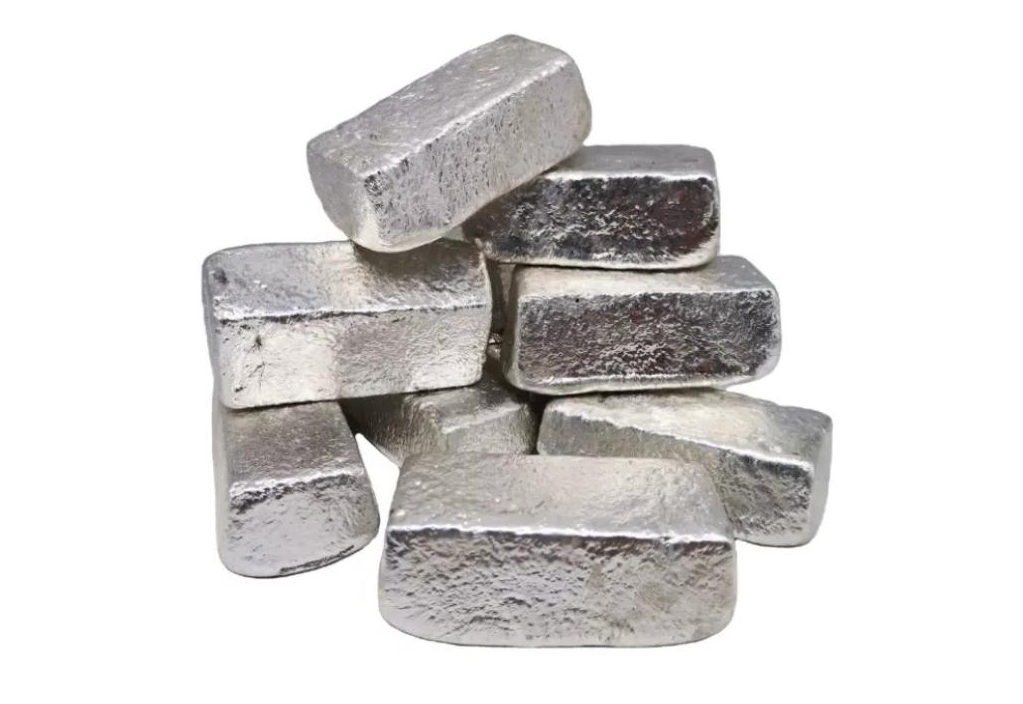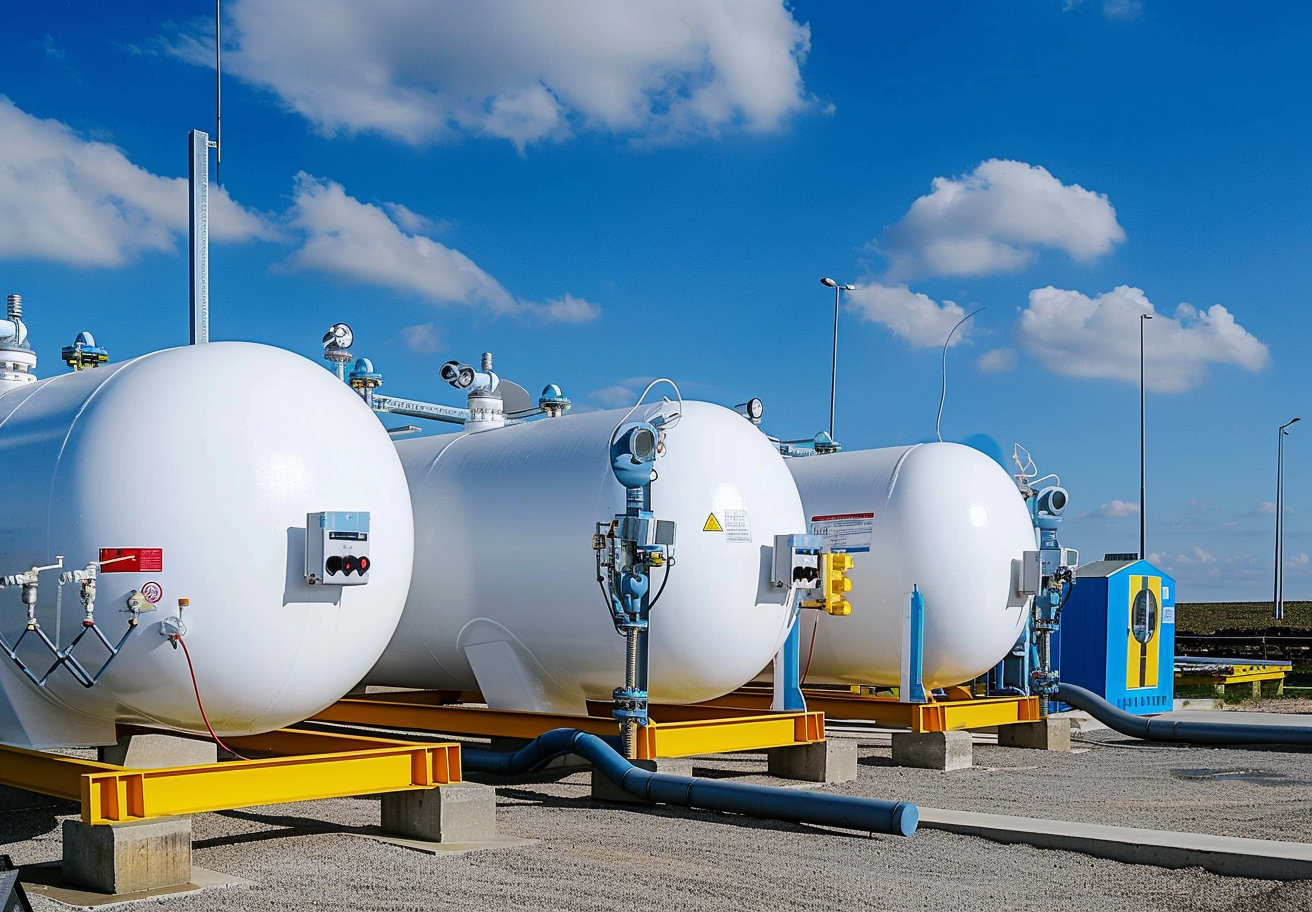Lutetium Oxide (Lu₂O₃), a prominent compound of the rare earth element lutetium, has garnered significant attention in various high-tech industries due to its exceptional physical and chemical properties. This article delves into the primary applications of lutetium oxide and highlights its indispensable role in advancing modern technology.
High-Efficiency Phosphors
Lu₂O₃ is extensively utilized in the production of phosphors, which are materials that emit light when exposed to energy sources such as ultraviolet or electron excitation. As a phosphor host, lutetium oxide enhances the efficiency and brightness of fluorescent materials, making it ideal for high-performance lighting solutions, including display screens and energy-efficient lighting systems.

Chemical Stability
In the harsh conditions of phosphor synthesis, materials must withstand high temperatures and reactive environments. Lu₂O₃ exhibits remarkable chemical stability, ensuring that phosphors maintain consistent luminous properties over prolonged periods, thereby extending the lifespan and reliability of lighting products.
High-Density Material
Lutetium oxide boasts a high density, which is crucial for applications in radiation detection. High-density scintillating crystals made from Lu₂O₃ can effectively absorb high-energy radiation, enhancing the sensitivity and resolution of detectors used in medical imaging, nuclear physics research, and security screening.
Superior Scintillation Properties
Lu₂O₃-based scintillators respond rapidly to radiation, providing precise timing information essential for applications like Positron Emission Tomography (PET) scanners. This rapid response capability facilitates high-resolution imaging and accurate detection of radioactive substances.
High Refractive Index
The exceptional optical properties of Lu₂O₃, particularly its high refractive index, make it a valuable material for manufacturing high-performance optical lenses, windows, and other optical components. These Lu₂O₃-based optics are integral to advanced laser systems, high-resolution microscopes, and optical communication devices, delivering superior light transmission and clarity.
Transparency and Thermal Resistance
Lu₂O₃ is highly transparent across a wide range of wavelengths and exhibits excellent thermal resistance. These attributes are essential for optical components used in high-power laser systems and environments with extreme temperatures, ensuring stable and efficient performance under demanding conditions.
Activating Agent in Laser Crystals
In solid-state lasers, lutetium oxide serves as a host matrix for doping with activator ions such as erbium and ytterbium. This doping significantly enhances the efficiency and output power of lasers, meeting the stringent demands of applications requiring high-intensity and stable laser beams, including industrial machining, medical procedures, and scientific research.
Thermal Management
The superior thermal conductivity of Lu₂O₃ aids in effective heat dissipation within laser devices, preventing overheating during high-power operation. Efficient thermal management extends the lifespan of laser components and maintains optimal performance levels, which is crucial for continuous and reliable laser applications.
Electronic Ceramics
Lutetium oxide is being explored in the field of electronic ceramics as an insulating material or dielectric component. Its high electrical resistivity and stability under varying electrical conditions make Lu₂O₃ suitable for use in precision electronic devices and high-frequency components, contributing to the advancement of modern electronics.
Catalyst Supports
Due to its large surface area and chemical inertness, Lu₂O₃ is employed as a catalyst support in various chemical reactions. It facilitates the dispersion of active catalytic species, enhancing reaction efficiency and selectivity in processes such as hydrogenation, oxidation, and hydrocracking, which are vital in chemical manufacturing and environmental applications.
Lutetium Oxide (Lu₂O₃) stands out as a versatile material with a broad spectrum of applications spanning phosphor production, scintillating crystals, optical materials, laser technology, and emerging fields like electronic ceramics and catalyst supports. Its high density, exceptional chemical and thermal stability, and superior optical and scintillation properties make it indispensable in advancing high-performance technologies.
Stanford Materials Corporation (SMC) is a leading supplier of high-purity lutetium oxide (Lu₂O₃), catering to the needs of industries ranging from electronics and optics to medical imaging and scientific research. Committed to quality and excellence, Stanford Materials Corporation ensures that its products meet the stringent requirements of cutting-edge applications, supporting innovation and technological advancement worldwide.
Eric Loewen
Eric Loewen graduated from the University of Illinois studying applied chemistry. His educational background gives him a broad base from which to approach many topics. He has been working with topics about advanced materials for over 5 years at Stanford Materials Corporation (SMC). His main purpose in writing these articles is to provide a free, yet quality resource for readers. He welcomes feedback on typos, errors, or differences in opinion that readers come across.

 Inquiry List
Inquiry List

